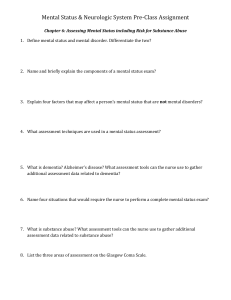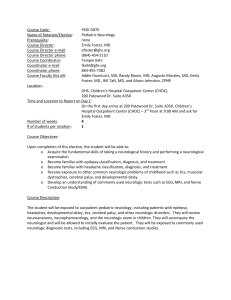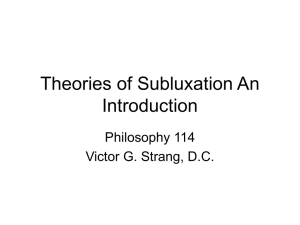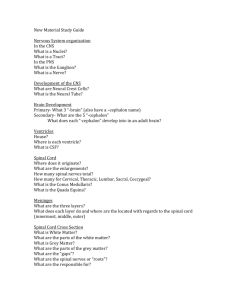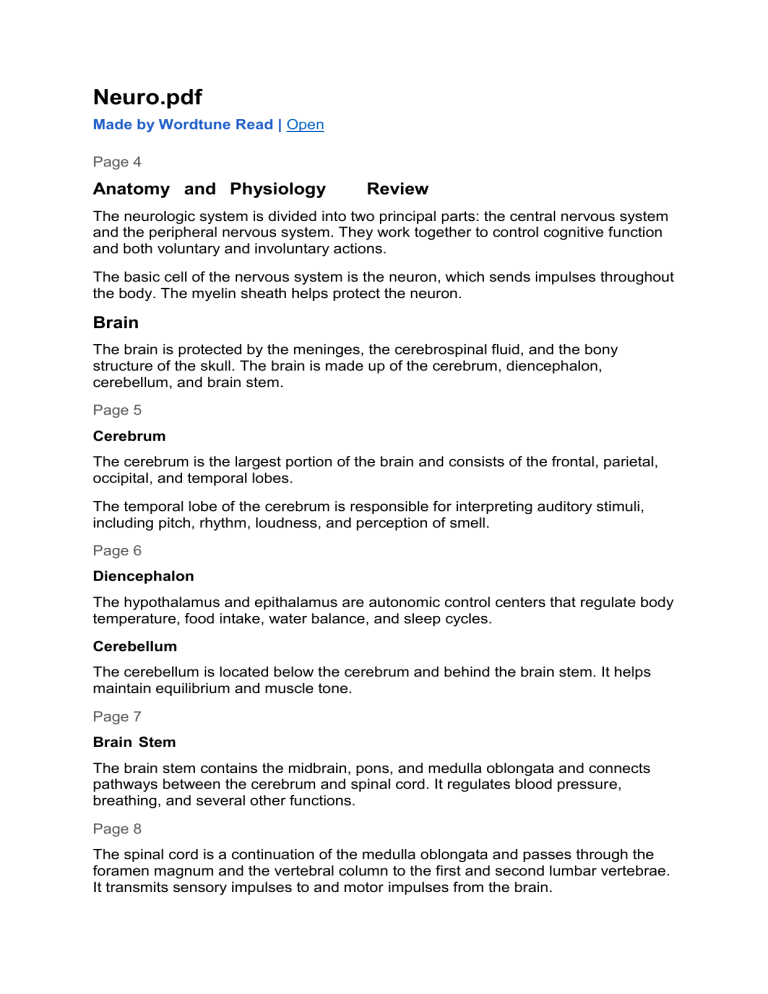
Neuro.pdf Made by Wordtune Read | Open Page 4 Anatomy and Physiology Review The neurologic system is divided into two principal parts: the central nervous system and the peripheral nervous system. They work together to control cognitive function and both voluntary and involuntary actions. The basic cell of the nervous system is the neuron, which sends impulses throughout the body. The myelin sheath helps protect the neuron. Brain The brain is protected by the meninges, the cerebrospinal fluid, and the bony structure of the skull. The brain is made up of the cerebrum, diencephalon, cerebellum, and brain stem. Page 5 Cerebrum The cerebrum is the largest portion of the brain and consists of the frontal, parietal, occipital, and temporal lobes. The temporal lobe of the cerebrum is responsible for interpreting auditory stimuli, including pitch, rhythm, loudness, and perception of smell. Page 6 Diencephalon The hypothalamus and epithalamus are autonomic control centers that regulate body temperature, food intake, water balance, and sleep cycles. Cerebellum The cerebellum is located below the cerebrum and behind the brain stem. It helps maintain equilibrium and muscle tone. Page 7 Brain Stem The brain stem contains the midbrain, pons, and medulla oblongata and connects pathways between the cerebrum and spinal cord. It regulates blood pressure, breathing, and several other functions. Page 8 The spinal cord is a continuation of the medulla oblongata and passes through the foramen magnum and the vertebral column to the first and second lumbar vertebrae. It transmits sensory impulses to and motor impulses from the brain. Reflexes Reflexes are stimulus - response activities of the body that take place at the level of the spinal cord, with interpretation at the cerebral level. Page 9 Cranial Nerves The 12 pairs of cranial nerves originate in the brain and serve various parts of the head and neck. The vagus nerve is the only cranial nerve to serve a muscle and body region below the neck. Page 10 Figure 26.3 Two simple reflex arcs are shown: a two-neuron reflex arc and a three-neuron reflex arc. Page 11 Spinal Nerves The spinal cord supplies the body with 31 pairs of spinal nerves, which are named according to the vertebral level of origin. The spinal nerves are classified as mixed nerves because they contain motor and sensory pathways that produce motor and sensory activities. Page 12 Special Considerations Throughout the assessment process, the nurse gathers subjective and objective data reflecting the patient's state of health. The nurse considers many factors, including age, developmental level, race, ethnicity, work history, living conditions, and socioeconomics. Health Promotion Considerations Neurologic function overlaps with the function of many other body systems, and several Healthy People 2020 objectives are designed to promote neurologic health and wellness among individuals across the life span. Lifespan Considerations Growth and development are dynamic processes that describe change over time. Age-related variations in the neurologic system are presented in the following sections. Page 14 Infants and Children The nervous system grows rapidly during the fetal period, but stops during infancy. The neurons mature during infancy, allowing for more complete actions to take place. Page 15 The neonate has several primitive reflexes at birth, including sucking, stepping, startle, and the Babinski reflex. These reflexes disappear by about 1 month of age, and the child takes on more controlled and complex activity. Page 16 The cry of the newborn helps place the infant on the health - illness continuum. The nurse assesses the child's fine and gross motor skills, language, and personal social skills throughout infancy and the early childhood years. The Pregnant Female As the uterus grows, pressure is placed on nerves in the pelvic cavity, causing sensory changes in the lower extremities. These changes are reversible following relief of pressure and postural changes. The Older Adult As the individual ages, many neurologic changes occur, some of which are readily visible, whereas others are internal and not easily detected. These changes can be more pronounced and troublesome for the individual when they are accompanied by a chronic illness such as heart disease, diabetes, or arthritis. Page 17 The older adult moves and reacts more slowly than during youth, and the posture of the older adult demonstrates more flexion than in earlier years. The nurse should allow more time than usual when performing the neurologic assessment. Page 22 Psychosocial Considerations Changes in nervous system functioning may affect an individual's ability to control body movements, speech, and elimination patterns, and may affect the individual's psychosocial health. Stress may also contribute to clinical depression in some patients. Considerations Page 23 Research on the effects of environmental toxins on degenerative neurologic disorders is inconclusive, but some cases of Parkinson's disease may be caused by exposure to certain toxins. Lead poisoning causes peripheral neuropathy and encephalopathy and is still a problem among preschool children who live in old apartments or houses with leadbased paints. Gathering the Data The health assessment of the neurologic system includes gathering subjective and objective data. The patient interview, health records, results of laboratory tests, Xrays, and imaging reports are important secondary sources to include in the datagathering process. Page 25 Focused Interview The focused interview for the neurologic system involves observing the patient and listening for cues related to the function of this body system. Open-ended and closed questions may be used to obtain information. The focused interview guides the physical assessment of the neurologic system and includes questions about symptoms, pain, behaviors, habits, practices, and environmental concerns. A nurse must consider the patient's ability to participate in a focused interview and physical assessment of the neurologic system. Language barriers may cause anxiety in the patient and interfere with the accuracy of the data. Page 39 Analysis During the interview, the nurse used several strategies to obtain subjective data from the patient. She provided advice and education to reduce risks associated with several factors to promote and maintain neurologic health. Page 42 Physical assessment of the neurologic system involves inspection, palpation, auscultation, and special equipment to test the functions of the system. Knowledge of normal or expected findings is essential in interpretation of the data.

